Here Is Everything You Need to Know About Chemotherapy and Radiation Therapy in Dogs 2023
So here's the situation...
The veterinary oncologist diagnosed your canine best friend either with a tumor or cancer in dogs. And among the available treatment options, the vet recommended chemotherapy. But the thing is you're looking to learn more about this treatment option before you make the final decision.
We've put together this blog post to walk you through the important things you need to know about chemotherapy. Besides filling you in on how it works, we're also going to give you an overview of its pros and cons for canine cancer patients as we go along.
Moreover, we will also reveal our favorite premium natural product that can be used as support in treating cancer and tumors in dogs.
We are always happy to share with you our knowledge and years of experience in the field of natural health to improve the comfort of your pets. And you can also refer to our complete guide to dog cancer for more details on this serious disease.
Dog Chemo in a Nutshell

At its simplest, chemotherapy is one of the several treatments recommended in veterinary oncology to treat various types of cancer and tumors in dogs. It involves the use of chemotherapy drugs like chlorambucil that are given in small doses within a treatment schedule (i.e. every two weeks).
Surgical removal, radiation therapy, and immunotherapy can also be used as treatment for tumors and cancer. These can be used by themselves or combined with others depending on the severity of the cancer or the tumor's location.
We'd just like to highlight that Golden Retrievers, Beagles, Boxers, and Rottweilers, among others, are often diagnosed with cancer and tumors during their lifetime. Studies show that 60% of Golden Retrievers can develop cancer, especially during their senior years.
This is the reason why checking for clinical signs of tumors and cancer regularly is a must. There may be warning signs like suspicious skin issues, lumps, and bumps.
Apart from being used to treat cancer by slowing down and preventing abnormal cells from dividing a chemotherapy drug is also designed to shrink tumor size in an individual pet. Many patients can tolerate canine chemo well. It can be even used with surgery.
It can be administered to both younger dogs and older dogs as soon as the veterinary oncologist can determine that there is a tumor or cancer present.
Additionally, there are several techniques that can be used to determine the presence of cancers and tumors in a dog's body. These include blood tests, CT scans, x-rays, as well as a procedure where the veterinary oncologist will fine needle aspirate a suspicious lump or bump. Fine needle aspirate is also technically referred to as "FNA" in veterinary oncology.
It is crucial to remember that early detection is key to properly treating tumors and cancers. Discovering them too late will already put your dog's life at risk of extremely serious and fatal complications.
How is Chemotherapy Administered to Dogs?
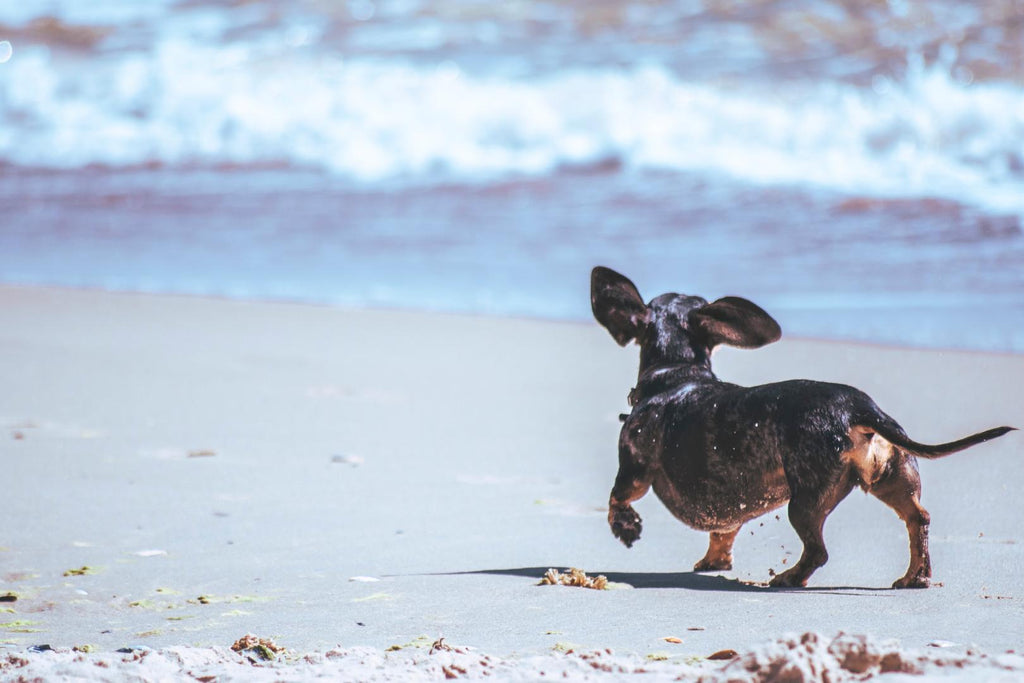
Interestingly, chemo in dogs is one of the most diverse treatment options in dealing with tumors and cancer in dogs.
There are several ways to administer it. It can be given through pills, intravenously, or even directly into the commonly affected areas, depending on the tumor type or kind of cancer. Chemo can be also used for all types of cancer and tumors in dogs.
The "maximum tolerated dose" of this drug can usually be given once a week or every three weeks if given intravenously. Similarly, the waiting period between doses is necessary to allow healthy cells that have been affected to regenerate before the next dose.
Chemo pills are usually given daily or every other day. They are formulated to prevent tumor and cancer growth and spread to other parts of the body.
If we're being honest, not all vets are comfortable prescribing chemotherapy because it requires special monitoring. There is also an increased risk of side effects along the way. While these side effects are not life-threatening, they can be rather challenging for your canine companion to deal with.
Examples of the side effects that could occur include extreme weight loss, difficulty eating or significantly decreased appetite, erratic bowel movements, and a touchy intestinal tract, as well as persistent fatigue. Older dogs are often subjected to the worst of these side effects.
How Do Chemotherapy Drugs Kill Cancer Cells or Tumor Cells?

Chemotherapy drugs are designed to do two (2) things: first, disrupt the cycle of division, growth, and spread of tumor and cancer cells, and second, set off DNA damage to induce cell death.
However, there is the risk that healthy and normal cells will be also affected in the process. This is the biggest reason why close monitoring is required when chemotherapy is resorted to when treating this serious disease.
Types of Tumors or Cancer in Dogs That Can Be Treated With Chemotherapy Protocols
Chemotherapy is often resorted to because it can deal with many types of tumors and cancers. Moreover, it can also be used in conjunction with other treatment options when these health problems occur like surgery, and mitigate the risk that they will spread.
Will chemotherapy work on mast cell tumors?
Yes, chemotherapy is quite diverse and can help prevent the spread of various tumors and cancers.
These tumors and cancers include mast cell tumors, breast cancer, soft tissue sarcomas, nasal tumors, oral tumors, testicular cancer, brain tumors, lymphoma (targeting the lymph nodes), as well as those that affect the oral cavity, bone marrow, mucous membranes and the blood vessels.
Side Effects of Chemotherapy in Dogs
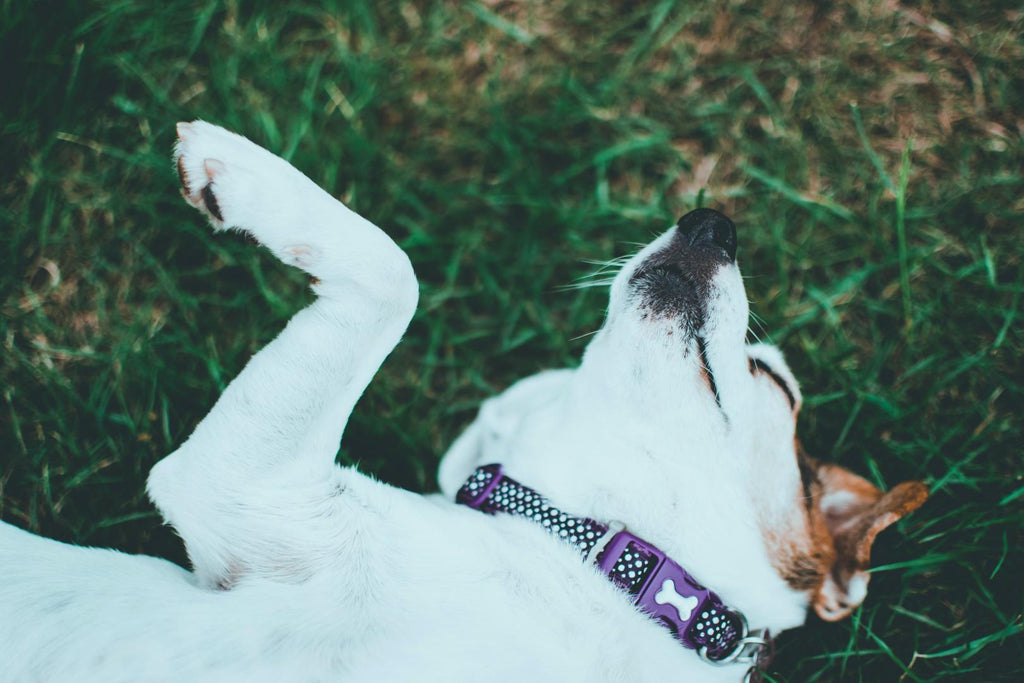
Hair loss
Hair loss can occur in dogs whose hair is constantly growing. Chemotherapy affects cells that grow rapidly. Some breeds are therefore more sensitive to this side effect when treating this disease (particularly in cases of lymphoma or cancer of the lymph nodes), such as Poodles and Westies.
Gastrointestinal symptoms
Dogs may experience nausea, vomiting, loss of appetite, or diarrhea about 1 to 5 days after intravenous chemotherapy. These effects usually last 2 to 3 days. It is therefore beneficial to offer your dog natural products such as probiotics or a medication that acts on nausea and on appetite during this period.
Susceptibility to infections (because normal cells will be affected)
Moreover, your dog can also become more susceptible to infections. The reason is that chemotherapy harms neutrophils, white blood cells that work against bacterial intruders, among other things.
It’s good to note, however, that in veterinary medicine these side effects are less common than in humans. Only about 15-20% of animals are reported to experience the above symptoms during chemotherapy.
The Success Rate of Chemotherapy in Dogs

It’s difficult to give a precise indication of how successful chemotherapy is in dogs, since each cancer is unique, and each animal too.
Unlike human medicine, chemotherapy is used for the primary purpose of improving the animal's quality of life, and not necessarily to significantly increase its longevity.
So, if the dog is more comfortable than before, or remains comfortable, the chemotherapy can be considered a success. It is also crucial to check if the clinical signs of the tumor or cancer (such as in the case of lymphoma and soft tissue sarcomas) being treated are also subsiding.
How Much Does Chemotherapy Cost for Dogs?
The cost of chemotherapy in dogs will vary greatly depending on your dog's weight and the method of administration chosen for the type of cancer it has. There will be a difference if the chemotherapy treatments are for soft tissue sarcomas or perhaps tumors or cancers affecting the skin.
The administration of intravenous chemotherapy is more expensive because it is usually supervised by an oncology veterinarian and requires an inpatient fee. We are talking about a few hundred dollars per treatment.
How Long Do Dogs Live After Chemotherapy?
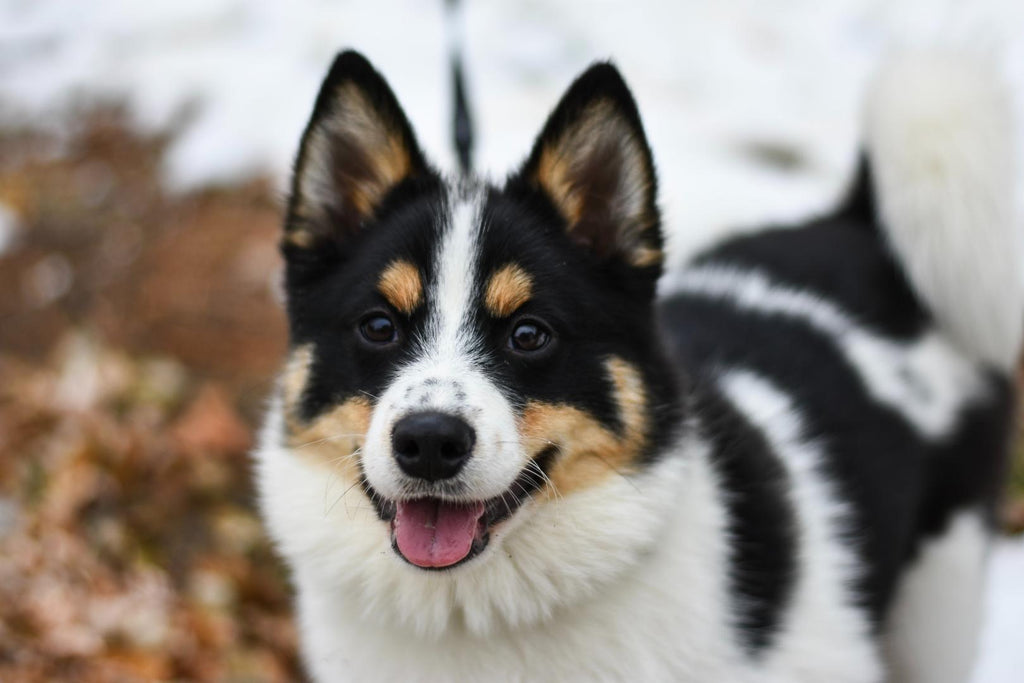
Again, the answer to this question varies greatly from one dog to another and depends on the type and stage of cancer the animal has. An otherwise healthy young dog could gain months or even years, while an older dog could gain a few weeks to a few months. Your vet will be in a better position to answer this question than I am.
Radiation Therapy in Dogs
Commonly known as radiotherapy, radiation therapy is another option available to a dog with cancer.
Conventional radiation therapy
Radiation therapy in dogs uses radiation in a localized way to shrink a tumor that cannot be operated on or to destroy cells left over from mass removal surgery. It can be used in addition to chemotherapy, or alone if the cancer is localized in a radiosensitive area.
It’s useful for nasal tumors and could also help control non-operable oral tumors, for example. It is also reported that radiation therapy can help relieve pain associated with bone tumors (osteosarcoma).
The side effects of radiation therapy for dogs depend on the area being treated but may amount to localized hair loss, skin pain, and discomfort. There will be possibly other warning signs that your dog might manifest as well.
How Does Radiation Therapy Work for Dogs?

Conventional curative radiation therapy in dogs typically takes 15 to 21 sessions, lasting a period of 3 to 7 weeks. The dog must be anesthetized with each treatment since it must remain perfectly still.
It is therefore expensive and quite invasive.
The price of radiation therapy varies from clinic to clinic, the type of therapy used, and the number of treatments required. For a complete treatment, it is certainly necessary to plan several hundreds of dollars, even a few thousand.
The frequency will vary depending on the cancer and the purpose of therapy. If we only aim to control pain without a curative goal, treatments will be less frequent. This is called palliative radiation therapy.
That said, advances in human medicine have made available a new form of radiation therapy, namely stereotaxic radiotherapy.
It is much more precise than conventional radiotherapy, so it helps to keep surrounding tissue intact. In addition, it only requires 1 to 3 treatments to be effective, which means much less anesthesia for the sick dog.
Support for Cancer in Dogs Based on Natural Ingredients
If your dog is battling cancer, we suggest you add the PIPTOPET to your arsenal.
Zumalka has concocted this natural product with the help of a medicinal mushroom that promotes your dog's health when cancer gets in the picture. It can help your dog's body attack diseased cells and spread healthy cells.
It can be used alone or in combination with chemotherapy and even helps strengthen the immune system. It is not invasive like surgery and won't have adverse side effects on your dog's body like skin issues.
What type of cancer does your dog have? Comment in the section below to start a discussion with people who are going through a similar situation. You can also schedule an online consultation with a pet homeopathy expert right now.

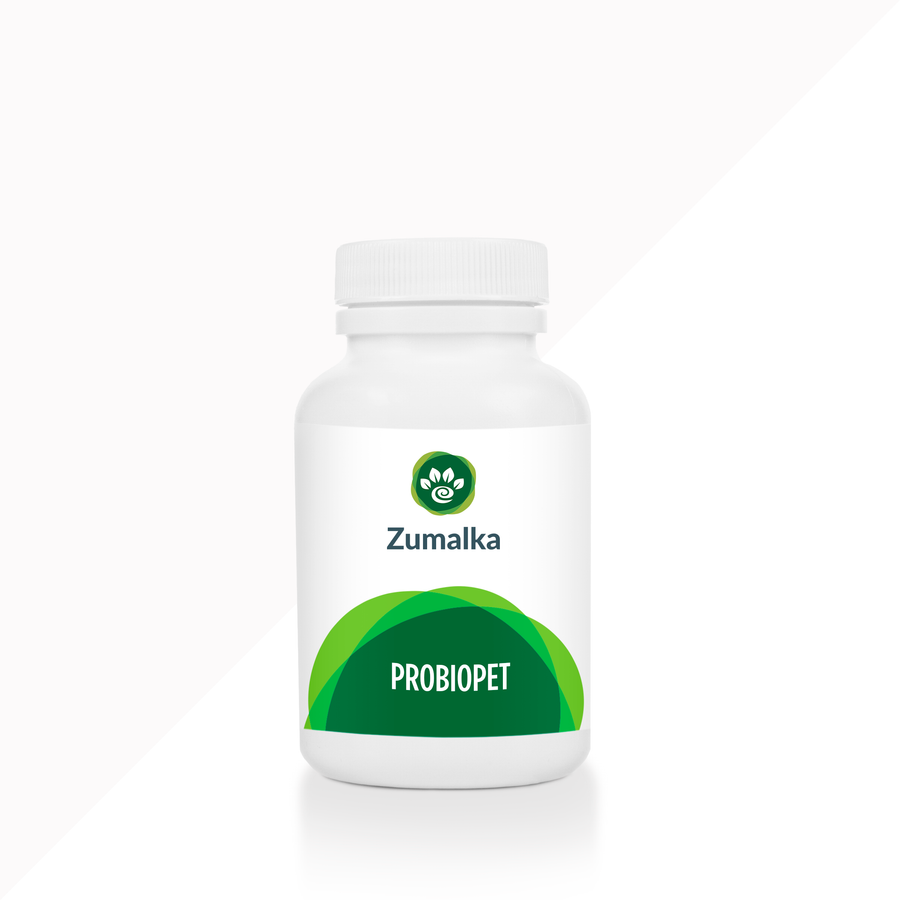
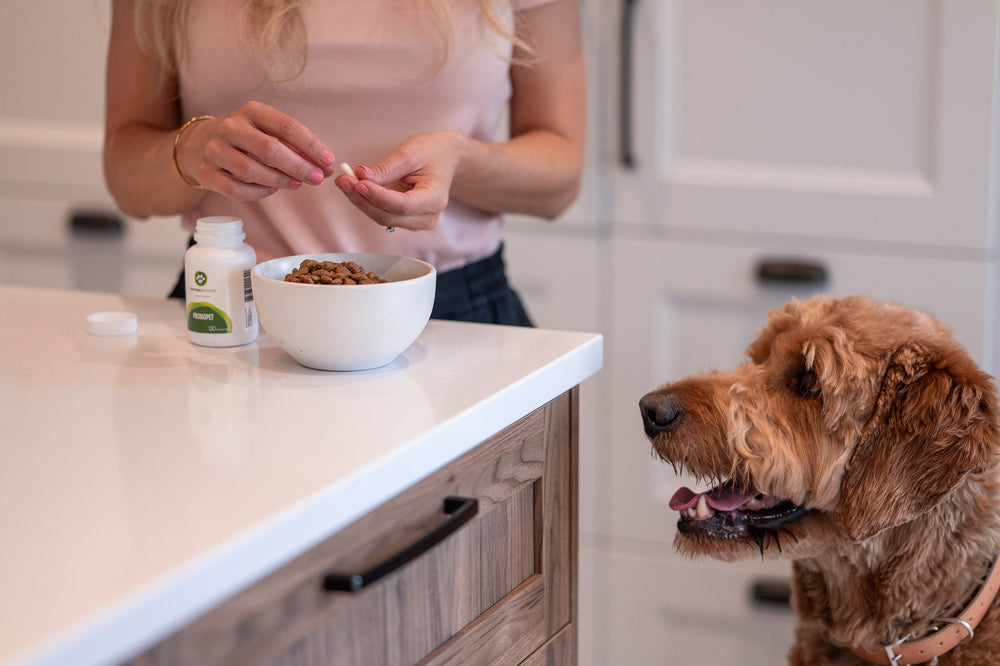


Leave a comment